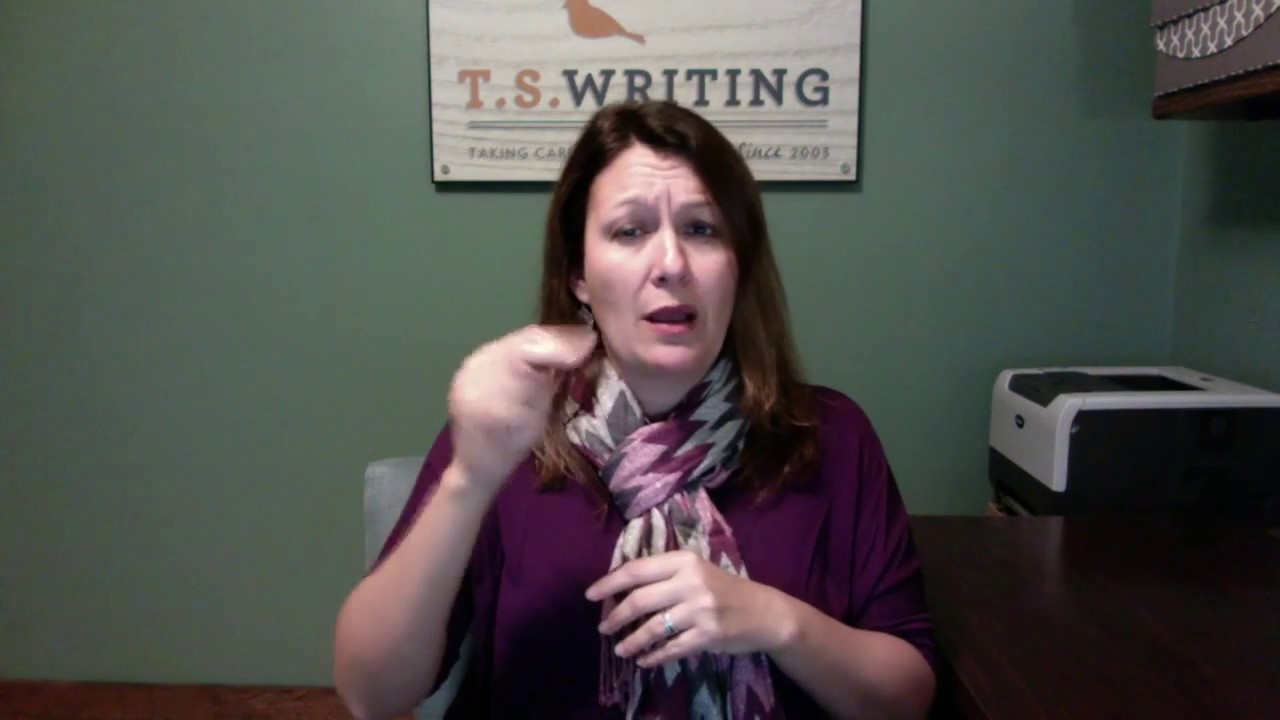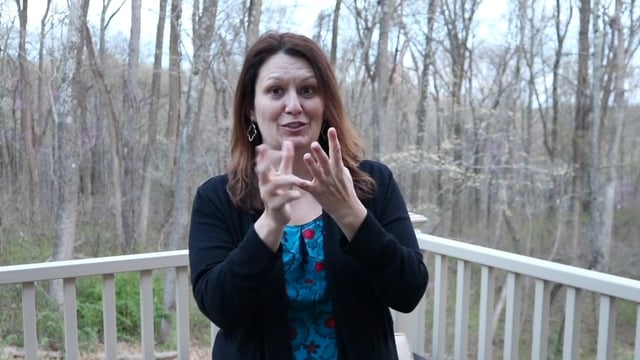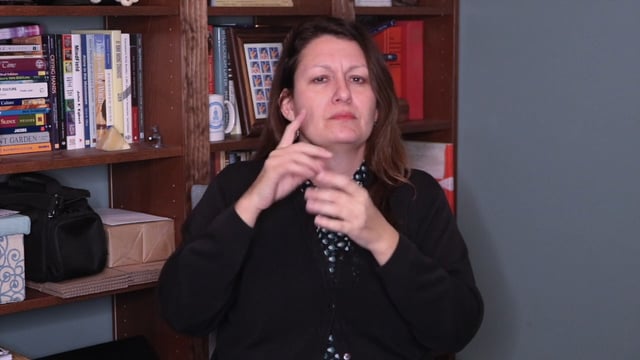Perhaps Rodney King isn’t the best person to quote, but “Can we all just get along?” is what keeps running through my head as I learn of more and more stories of rivalries between deaf schools and programs – especially those in the same state.
I’m not talking about fun athletic rivalries, but rivalries where families and staff go to great lengths to badmouth other schools, criticizing the quality of education, communication levels, and even the students. This blows my mind. What do people think they accomplish by condemning families and students for choosing specific schools?
A few years ago, I watched a teacher’s face twist in disgust as he said to a student attending a rival school, “Why do you go here? It’s a terrible school. Why don’t you come to my school? It’s got better education, better opportunities. Why would you want to lower yourself by staying at this school? You can do better.” This teacher – who I considered an honorable man until that conversation – didn’t realize anyone was watching him. I was floored because I had never seen this side of him, although I had heard stories. The student’s school was actually a great school with a solid enrollment size; on the other hand, the teacher’s school was struggling with enrollment. To this day, I find it sad that the teacher felt an aggressive pressure tactic was the way to recruit students. But what broke my heart was how the student looked defeated, even embarrassed, by the teacher’s words.
I’ve also heard stories of how parents are treated by peers, board members and community members once they decide to send their children to a specific school. It’s not just the parents; the students also get this treatment sometimes. After I was encouraged by teachers at the Illinois School for the Deaf (ISD) to go to a school that could provide for my particular needs, I decided to join my newly remarried mother in the Chicago area, a good four hours north. When word got out about my decision, a classmate’s parent who also worked at the school came up to me and fingerspelled angrily, “Traitor.” I was 10 at the time. I still wonder if he realized that ISD’s teachers – both Deaf and hearing – were the ones who encouraged me to find another program.
So many Deaf schools have seen drastic drops in enrollment numbers over the past few decades, but many are also seeing their numbers climb back up. Many look to Texas, Indiana, Fremont and Maryland as the “best” schools because of their sizeable enrollment numbers, among other reasons. And they certainly are great schools. This does not mean that we have license to criticize or look down at the smaller Deaf schools, charter schools or deaf programs. We must band together instead of dividing ourselves by competing over which school is better or making snooty comments intended to degrade.
Some students flourish in schools with large enrollments, and others prosper in schools with smaller enrollments. Anyone, especially me, knows there is no one-size-fits-all approach for students. After attending a large public elementary school and a moderately sized deaf school and public junior high school, I went to a high school with nearly 2,000 students. Next was Gallaudet University, with about 2,000 students. For graduate school, I went to the University of Illinois-Chicago, with at least 30,000 students. I can safely say that at each school, there were challenges and drawbacks, but there were also benefits. What I was most affected by was not the school’s enrollment size, but the quality of one-on-one and class instruction I received, the Deaf community surrounding the school, and the opportunities I had before me.
We need to encourage, rather than discourage. We want deaf students to grow up surrounded by deaf people who are peers and role models – and not be isolated. The bottom line is we cannot afford to generalize or badmouth a school based on personal motives, recruitment, or even one student. We also cannot base our comments on what the school’s reputation was in the past. Schools have ebbs and flows, and if a school had a poor reputation during the 1980s or 1990s, that doesn’t mean it’s still weak today. Change constantly takes place, especially at many deaf schools.
When a student says what school he or she attends, we should say, “That’s awesome! Tell me more,” rather than, “Isn’t that school mostly hearing people? I’ve heard the education is lousy there,” or “Why don’t you go to so-and-so instead?” Don’t punish, discourage or embarrass the student. This serves absolutely no purpose, and only furthers the bitterness that may already exist.
Deaf education is a precious thing. We must continue nurturing our deaf schools through collaboration, pushing for higher standards, and ensuring that our deaf children grow up with healthy self-esteem levels and identities. It’s not about being “better than you,” nor is it about what school has the highest enrollment numbers. It’s about our future.
Copyrighted material. This article can not be copied, reproduced, or redistributed without the express written consent of the author.




